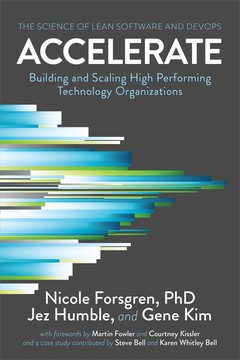
Accelerate by Nicole Forsgren, Gene Kim, Jez Humble
This book was referenced to in a lot of talks, mostly with the same phrase “hey folks, you have to read this!”
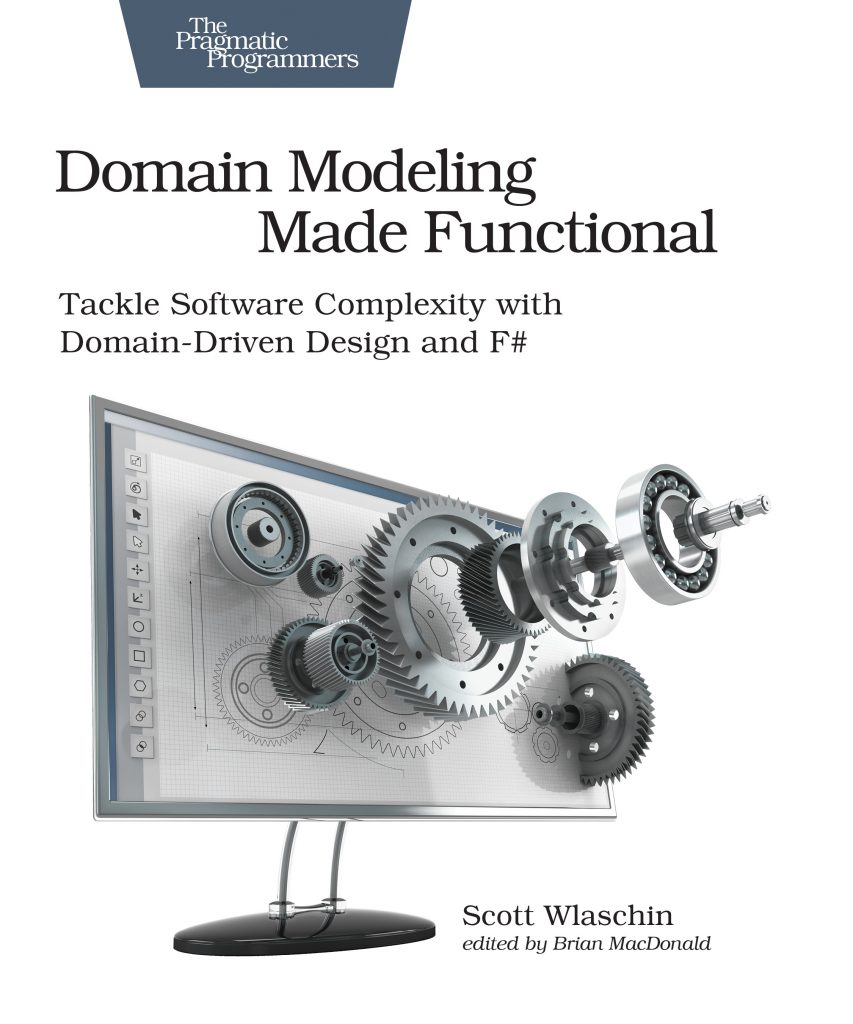
Domain Modeling Made Functional by Scott Wlaschin
The book was called as the only real currently published reference work for DDD for functional programming.
More books and videos to find on fsharpforfunandprofit
Functional Core, Imperative Shell by Gary Bernhard – a talk
|
The comments on this tweet are telling me, watching this video is long overdue …

37 Things One Architect Knows About IT Transformation by Gregor Hohpe
The name @ghohpe was also mentioned a few times at @KanDDDinsky
Reading @ghohpe’s paper on Event-driven architecture, 9 to 10 years ago, changed the way I started to think about systems. Here’s the masterpiece. https://t.co/9UsEZTZ95z https://t.co/7HZPS79Lqd— Indu Alagarsamy (@Indu_alagarsamy) October 19, 2019
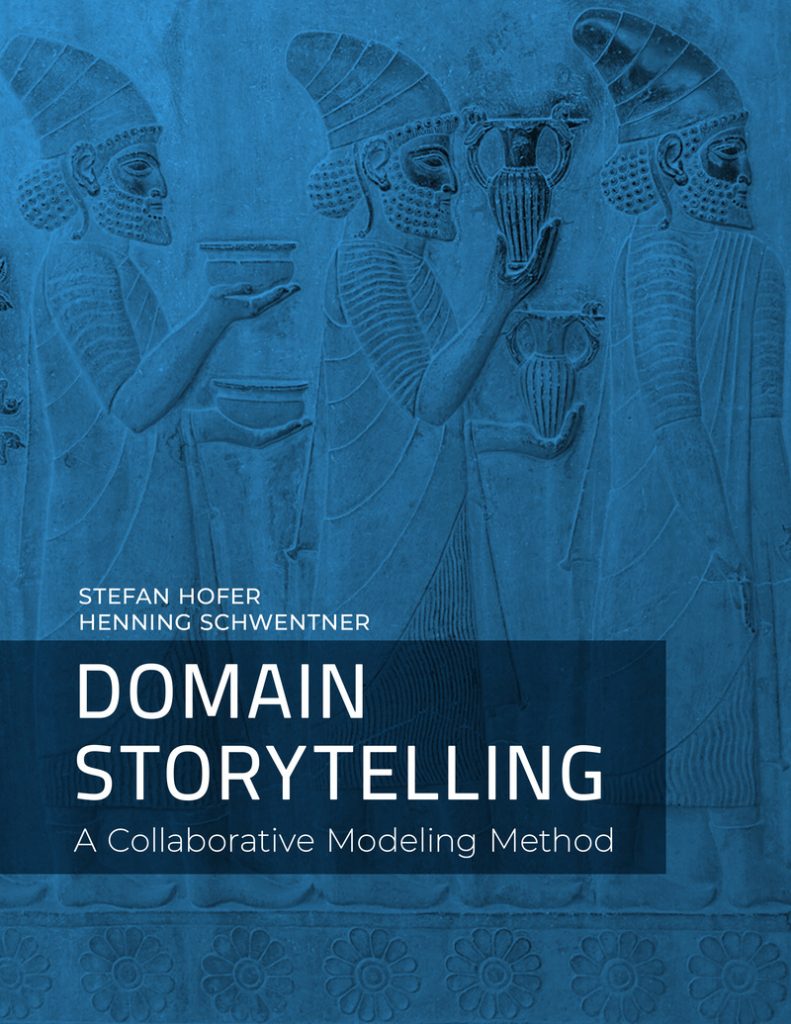
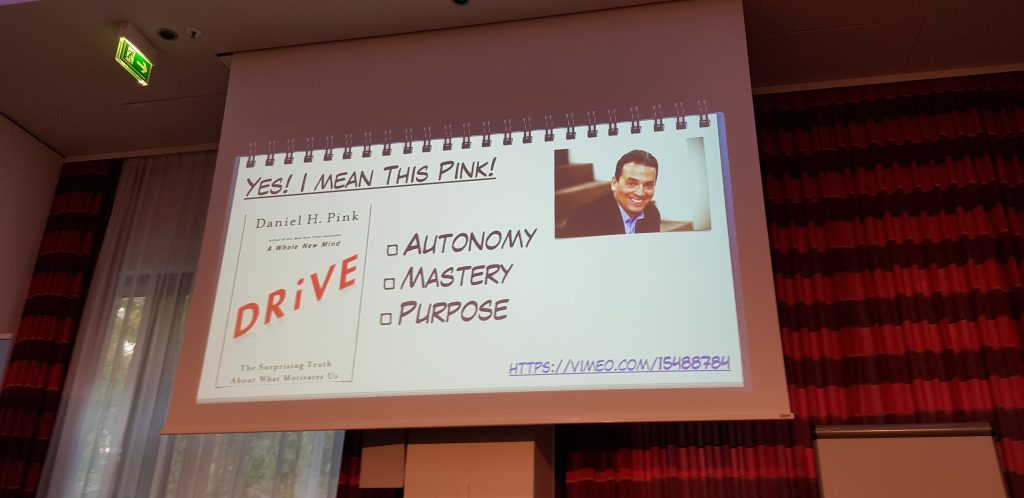
Drive: The surprising truth about what motivates us by Daniel H Pink
There is also a TLDR-Version: a talk on vimeo

Sapiens – A Brief History of Humankind by Yuval Noah Harari
This book was recommended by @weltraumpirat after our short discussion about how broken or industry is. Thank you Tobias! I’m afraid, the book will give me no happy ending.
UPDATE:
It is not a take-away from KanDDDinsky but still a must have book (thank you Thomas): The Phoenix Project
If you haven’t read it yet, I also recommend “The Phoenix Project”. I guess it would be the best book you’ve (and will) read in a while…— Thomas Bandt 🇪🇺 (@asp_net) October 22, 2019
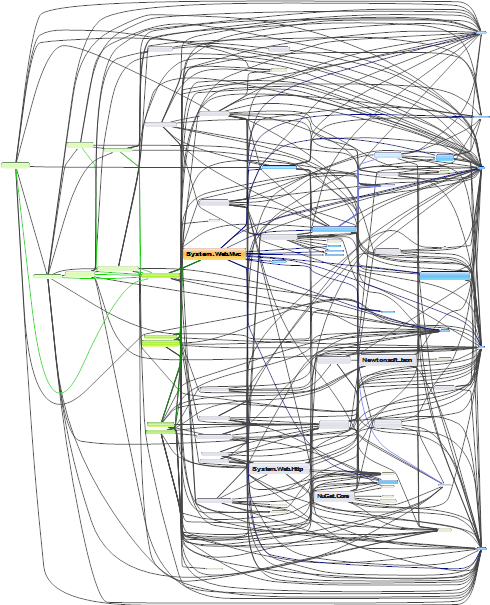
 Alle Verwender von DotNetOpenAuth.OpenId
Alle Verwender von DotNetOpenAuth.OpenId Interne Abhängigkeiten von DotNetOpenAuth.OpenId
Interne Abhängigkeiten von DotNetOpenAuth.OpenId